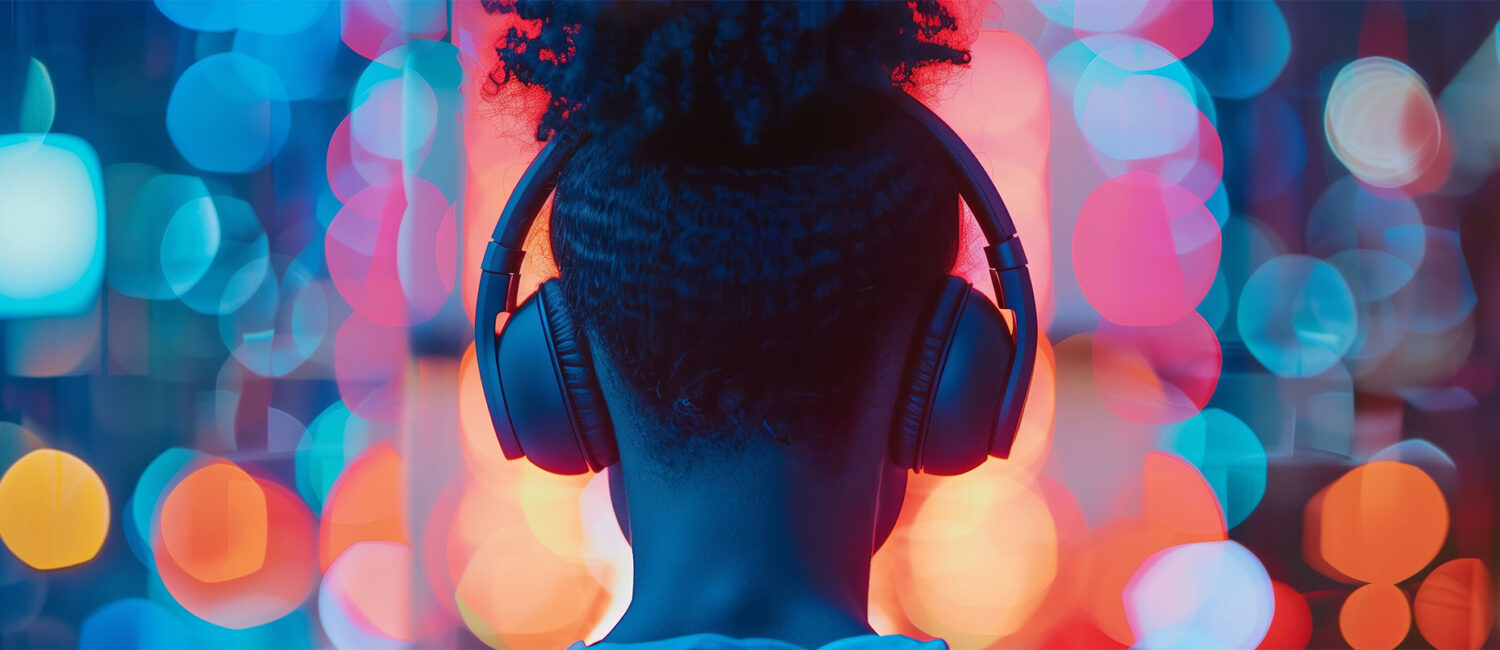Hitting All the Right Notes: Why Music Matters

Music is all around us. It’s on our phones, tablets, TVs, in the grocery store and our cars, and even stuck in our heads if we hear a commercial one too many times (I’m looking at you, Meow Mix)... It’s one of the single most powerful ways to communicate universally. Without even looking up at the television, would you recognize hearing Sarah McLachlan’s “Angel” as an ASPCA spot and find your allergies starting to act up? Probably. Would a sponsored TikTok set to a popular Taylor Swift song make you pause your scrolling and sing along a little? It sure would.
In the digital age we live in, with media channels like TikTok, Reels, YouTube, and TV commercials dominating, music can instantly transform visual content from ordinary to impactful. Music has the unique ability to tap into our emotions, engage us, associate with a specific brand identity, and tell a story all at once. In producing such content for our clients, we carefully consider these elements when choosing a soundtrack to ensure it fits the brand and represents the target narrative, emotion, engaging nature, or all the above.
Brand Identity
Repeated use of certain musical genres, melodies, or tracks can become part of a brand's “sonic identity,” making its content instantly recognizable. Just like logos, fonts, and color schemes can define a brand, a distinctive soundtrack can establish familiarity and build an auditory association with a brand for its audience.
Storytelling
Music can also emphasize important points, build tension, or provide resolution, boosting the narrative aspect of visuals. By intentionally pairing music with a visual story, one can guide the viewer’s attention, highlight key moments, and produce a more memorable experience.
Emotions
Scientists have found that, to process music in our minds, we use the same parts of our brain as we use for memory and emotion. That’s why simply hearing a specific song or note can make you feel a certain way. One study showed that a shift from major to minor keys creates a sense of sadness and melancholy – much like Sarah McLachlan’s “Angel” used by ASPCA to send a message of stopping animal cruelty in the late 2000s. The campaign generated more than $30 million for ASPCA. Whether you want to evoke happiness and excitement to nostalgia and contemplation, a well-chosen soundtrack can take viewers to the desired emotional state in an instant.
Engagement
The right music can keep viewers watching longer, thus increasing engagement metrics across platforms. Research has shown that visual content with effective background music can significantly increase watch time and lower bounce rates, leading to better performance especially on algorithm-driven platforms like TikTok.
In this intriguing talk given by award-winning television composer and producer, Joel Beckerman at the 2019 Adobe 99U Conference, he discusses how fundamental sound is to our everyday experiences and why it’s crucial for creative projects. Beckerman states that studies have found that the right sound could raise overall brand impression up to 53% and also raise consideration by up to 50%. Additionally, there’s an 86% correlation between our subconscious response to a sound we like and our desire to have that experience again – and the opposite is also true.
In the world of visual storytelling, the power of sound often goes underappreciated and can become an afterthought in production of visual content. However, as proven from our favorite movies, shows, and those all-too-catchy commercials, a well-chosen soundtrack can define a brand, enhance a narrative, evoke specific emotions, and create a lasting impact for viewers. Marketers and brands have used this secret weapon with great success over the years, and there’s no doubt that it will continue to play a massive role in future advertising. It’s time to face the music and put sound selection at the forefront of your next creative project.

